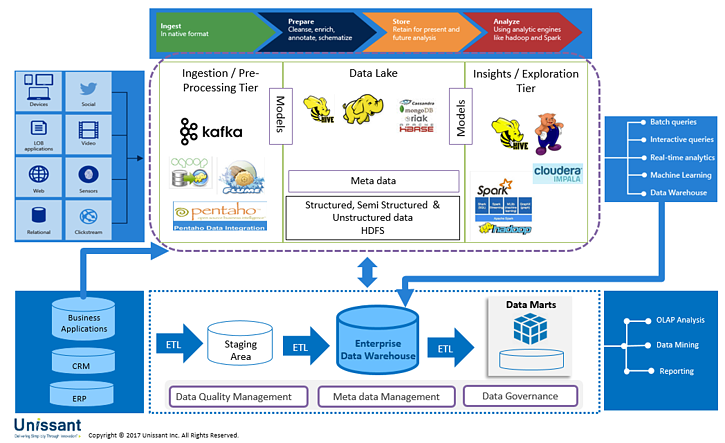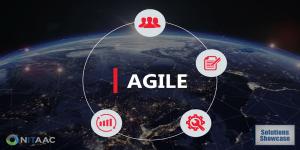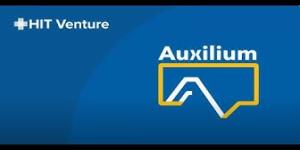
Think about this fact: According to Braina 2013 article in Science Daily, “90 percent of the world’s data was created in the last 2 years.”
In 2017, the numbers only continue to rise. The amount of data generated via social media is staggering—4 million text messages are sent each minute within the US alone! With massive amounts of data being generated in today’s society, we are forced to think differently about how to process, store, and analyze all of this data.
New processing and storage capabilities for the data is needed and tough issues remain and must be addressed, such as data governance, data quality, metadata, and master data management. Additionally, it is even more important to focus on the basics. More data with data quality issues only creates more challenges. If we can store the data, but can’t analyze it, then we haven’t achieved anything. Many companies in the commercial sector are modernizing their data infrastructure and implementing innovative solutions around data analytics, particularly in the commercial healthcare space. The federal market can leverage the expertise and knowledge gained from the commercial sector and particularly from companies that have a presence across both.
Data Modernization
You should maximize your investments by modernizing, where needed, and then deploying new capabilities that provide seamless integration. The legacy data infrastructure still plays a critical role in an enterprise data architecture; the task at hand is how to integrate the legacy and modern infrastructure to create best value for your organization. Consider these basic items when focused on modernization:
Think differently about Data Integration: The world of data integration has evolved over the years. Look to enhance your Extract, Transform and Load (ETL) processes by upgrading to real-time data services, and optimize your integration techniques by looking at where it makes sense to perform the integration, either at the analytic layer or operational layer.
Open up your Environments—Focus on Exploration: Provide the capabilities for your business users to research, analyze, and play with the data—allow new tools and capabilities to provide sandboxes where data can be explored.
Chose Federation over Centralization: With the vast amounts of data, it is not efficient to have everything centralized. Look for opportunities to keep the data stored where it is and integrate using data virtualization techniques.
Use Open Source Tools: Look for opportunities where you can augment your existing data technology stack with open source tools. The open source community provides a powerful set of tools to not only ingest and pre-process the data, but also to gain insight and explore the data.
It is important to integrate both your legacy infrastructure, depicted at the bottom of this diagram, along with your new data tools and technologies. Understanding the role that your legacy data infrastructure plays in the overall approach to your enterprise data architecture is critical for success.

Unissant delivers practical data modernization solutions to our clients; allowing them to leverage their legacy investments while modernizing and delivering innovative solutions that provide direct business value. We have deep expertise in delivering data management and analytical solutions to our clients, across both the federal and commercial sectors. As many of our clients are tackling the daunting task of modernizing their current data infrastructure, management practices, and analytics capabilities, they look to us as a trusted partner. The value that Unissant brings is that we integrate our practical implementation experience, our domain knowledge, along with our best-of-breed solutions, to deliver results that exceed our customers’ expectations.
As your organization adopts new data tools and technologies, or modernization efforts associated with your existing data environments, remember that it all comes back to a simple concept; you need to trust the data in order to find its value. In order to trust the data, you need to understand the basics: How is it defined? How is it used? What is the quality associated with the data? How does it travel across our data environments? Is it data that needs to be secured? Bottom line; stay focused on the basics as you modernize. In addition, look to other companies that have implemented innovative modernization solutions for commercial companies, where the lessons learned can be applied to modernization in the federal market.
For additional information on Unissant’s full range of services, please visit our website at www.unissant.com or call us at 703.889.8500.

 U.S. Department of Health & Human Services
U.S. Department of Health & Human Services






